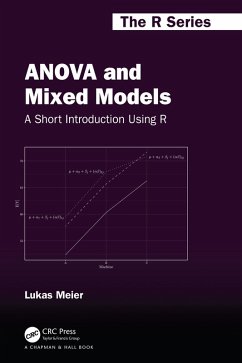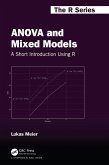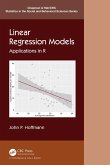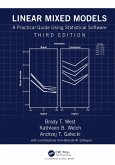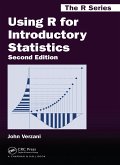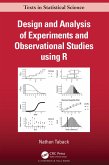Features
- Accessible to readers with a basic background in probability and statistics
- Covers fundamental concepts of experimental design and cause-effect relationships
- Introduces classical ANOVA models, including contrasts and multiple testing
- Provides an example-based introduction to mixed models
- Features basic concepts of split-plot and incomplete block designs
- R code available for all steps
- Supplementary website with additional resources and updates are available here.
This book is primarily aimed at students, researchers, and practitioners from all areas who wish to analyze corresponding data with R. Readers will learn a broad array of models hand-in-hand with R, including the applications of some of the most important add-on packages.
Dieser Download kann aus rechtlichen Gründen nur mit Rechnungsadresse in A, B, BG, CY, CZ, D, DK, EW, E, FIN, F, GR, HR, H, IRL, I, LT, L, LR, M, NL, PL, P, R, S, SLO, SK ausgeliefert werden.

